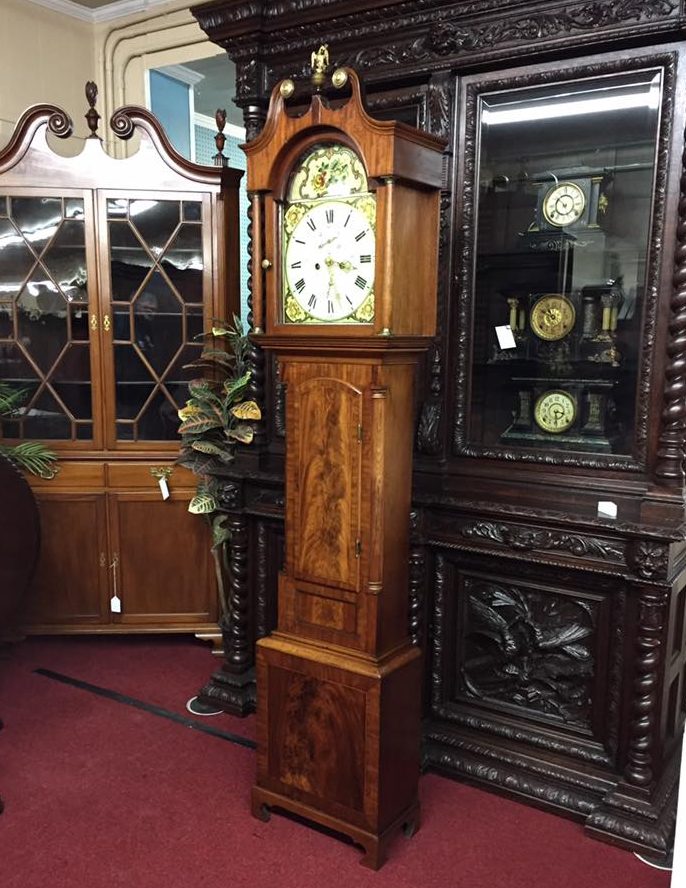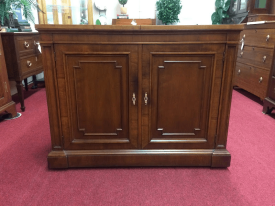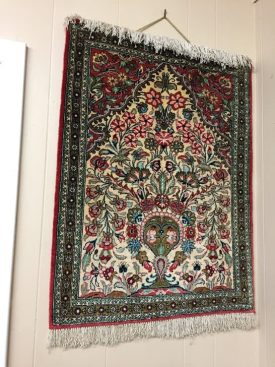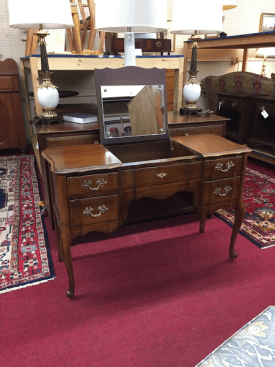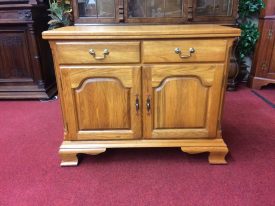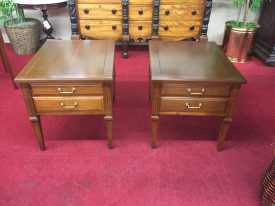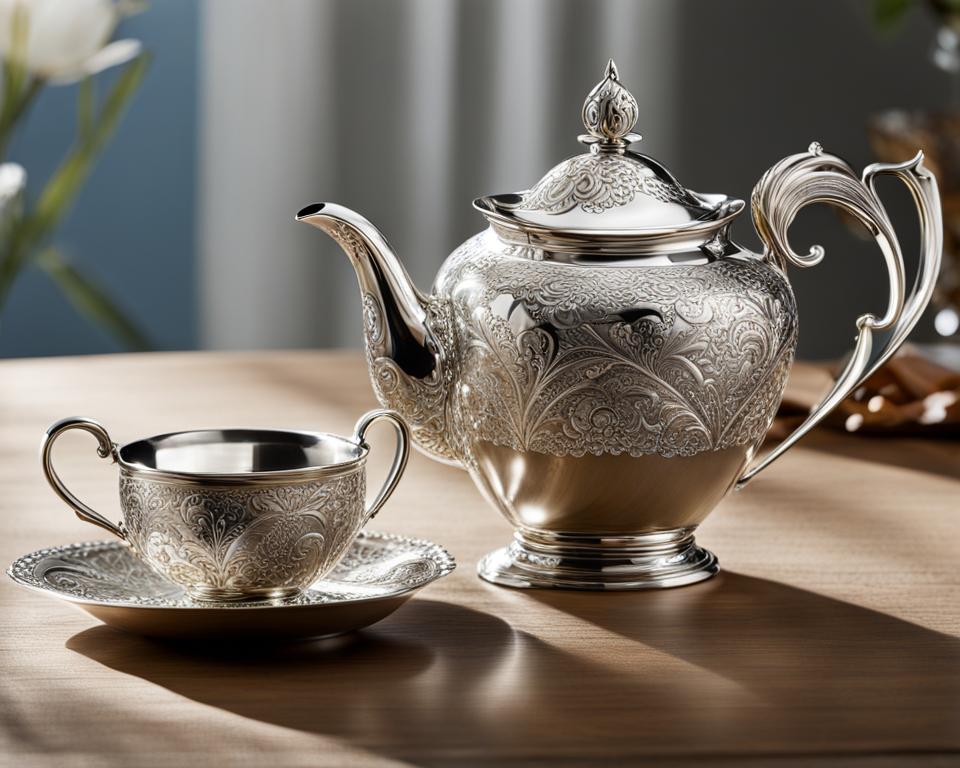Tick-tock, tick-tock, the hands of an old clock move steadily, while time continues to pass. But did you know that these timepieces hold a secret value beyond mere timekeeping? In this article, we unveil the hidden treasures of old clocks and why they are more than just decorative pieces on the wall.
Venturing into the fascinating world of horology, we explore the historical and cultural significance of antique clocks. From classic grandfather clocks to intricate mantel clocks, each piece tells a unique story and carries a distinct charm that captivates collectors and enthusiasts alike.
But what drives the value of these ticking relics? It’s not just the intricate workmanship or the label of a prestigious manufacturer. Factors like rarity, provenance, and condition all play a role in determining the worth of old clocks. Moreover, the demand for antique timepieces is skyrocketing as more people appreciate their timeless beauty and craftsmanship.
Whether you are a clock aficionado or simply curious about the world of antiques, this article unravels the hidden value of old clocks, shedding light on the reasons behind their enduring allure and why time is indeed money when it comes to these remarkable timepieces. So join us on this exploration as we dive into the fascinating realm of antique horology.
The history of clocks and their value
Clocks have been an essential part of our lives for centuries, serving as both practical tools and works of art. The earliest mechanical clocks can be traced back to the 14th century, and since then, they have evolved to become intricate masterpieces. These early timepieces were not only functional but also a symbol of wealth and status.
Throughout history, clocks have been crafted by skilled artisans who poured their heart and soul into creating these marvels. From the ornate designs of the Renaissance to the sleek simplicity of the Art Deco era, each period produced clocks that reflected the spirit of their time.
Antique clocks are now highly sought after by collectors and enthusiasts who appreciate the craftsmanship and historical significance they represent. The value of these timepieces goes beyond their functionality, as they offer a glimpse into the past and connect us to generations long gone.
Types of antique clocks and their significance
The world of antique clocks is vast and diverse, with various types of timepieces that cater to different tastes and preferences. One of the most iconic and highly regarded antique clocks is the grandfather clock, also known as a longcase clock. These tall, freestanding clocks with their pendulums and chimes have become synonymous with traditional elegance.
Mantel clocks, on the other hand, are smaller clocks designed to be placed on a mantelpiece or shelf. These clocks often feature intricate carvings and detailed dials, making them a popular choice for collectors who appreciate delicate craftsmanship.
Other notable types of antique clocks include wall clocks, carriage clocks, and skeleton clocks. Each of these timepieces has its own unique charm and significance, adding to the allure of antique horology.
Factors that determine the value of old clocks
The value of old clocks is influenced by several factors that collectors and buyers take into consideration. One of the most significant factors is the rarity of the clock. If a particular model or design is scarce and hard to find, it automatically increases its value in the market.
Provenance, or the documented history of a clock, also plays a crucial role in determining its value. Clocks with a prestigious provenance, such as those owned by famous individuals or displayed in notable exhibitions, hold a special appeal for collectors.
The condition of the clock is another vital factor. Well-preserved clocks with minimal wear and tear are highly valued compared to those in poor condition. Buyers often look for clocks that have been professionally restored to retain their original beauty and functionality.
How to identify genuine antique clocks
In a market flooded with reproductions and replicas, it can be challenging to determine the authenticity of an antique clock. However, there are several key indicators that can help identify genuine timepieces.
Firstly, examine the craftsmanship and materials used. Antique clocks were typically made with high-quality materials like solid wood, brass, and glass. Look for signs of wear and aging, as these can indicate the clock’s age.
Another important aspect to consider is the movement of the clock. Antique clocks often have mechanical movements, whereas modern clocks use quartz or electric mechanisms. The presence of a winding mechanism and a swinging pendulum are common features in genuine antique clocks.
Researching the manufacturer and the specific model can also provide valuable insights. Established clockmakers with a long history of producing high-quality timepieces are more likely to have their clocks sought after by collectors.
Where to find and buy old clocks
For those interested in acquiring an antique clock, there are several avenues to explore. Antique stores and specialized clock shops often have a selection of old clocks for sale. These establishments usually have knowledgeable staff who can assist in finding the perfect timepiece.
Auctions are another popular option for buying old clocks. Auction houses regularly feature antique clocks in their catalog, providing an opportunity to bid on rare and valuable pieces. However, it is crucial to do thorough research and set a budget before participating in an auction.
Online platforms, such as dedicated antique marketplaces and auction websites, also offer a wide range of old clocks for sale. These platforms allow buyers to browse through various options and compare prices, making it easier to find the perfect clock.
Restoring and maintaining antique clocks
Once you have acquired an antique clock, proper restoration and maintenance are essential to preserve its value and functionality. It is crucial to consult a professional clock restorer who specializes in antique timepieces.
Restoration involves carefully dismantling the clock, cleaning each component, and repairing any damage or wear. The goal is to restore the clock to its original condition without compromising its authenticity.
Regular maintenance is also necessary to keep the clock running smoothly. This includes oiling the movement, adjusting the pendulum, and cleaning the dial and case. Following proper maintenance practices will ensure that your antique clock continues to function for years to come.
The market for old clocks and their demand
The market for old clocks has experienced a significant surge in demand in recent years. As more people discover the allure of antique timepieces, the value of these clocks continues to rise. Collectors and enthusiasts are willing to pay a premium for rare and well-preserved clocks that embody the craftsmanship of a bygone era.
Additionally, antique clocks are not just sought after by collectors but also by interior designers and individuals looking to add a touch of vintage charm to their homes. The timeless appeal of these clocks makes them versatile pieces that can complement a wide range of decor styles.
Investing in Old Clocks for Profit
For those with a keen eye for investment opportunities, old clocks can offer a lucrative option. The value of antique clocks has historically appreciated over time, making them an attractive investment for those looking to diversify their portfolios.
When investing in old clocks, it is essential to do thorough research and consult with experts in the field. Identifying clocks with potential for value appreciation requires knowledge of market trends, historical significance, and rarity.
Conclusion: The Timeless Value of Old Clocks
In conclusion, old clocks hold a hidden value that goes beyond their functionality. These timepieces offer a glimpse into history, showcasing the craftsmanship and artistry of past eras. The value of antique clocks is influenced by factors such as rarity, provenance, and condition. Identifying genuine antique clocks requires attention to detail and research. Whether you are a collector, an enthusiast, or someone looking to add a touch of elegance to your home, old clocks continue to captivate and inspire. So next time you hear the steady tick-tock of an old clock, remember the secret value that lies within its timeless charm.
Investing in old clocks for profit
Old clocks have experienced a surge in popularity and demand over the years. People are increasingly drawn to these antique timepieces, not only for their functionality but also for their historical and aesthetic appeal. The market for old clocks has grown exponentially, attracting both collectors and investors alike.
One of the main reasons for this increasing demand is the timeless beauty and craftsmanship that old clocks possess. Unlike modern digital clocks, antique timepieces exude a sense of nostalgia and elegance that cannot be replicated. Their intricate designs, carved details, and mechanical movements are a testament to the skill and artistry of their makers.
Furthermore, old clocks serve as a tangible connection to the past. They allow us to imagine the lives of those who owned and cherished these timepieces in a different era. Each clock carries a unique story, whether it’s a grandfather clock that stood tall in a stately home or a mantel clock that adorned a cozy cottage. Owning one of these time capsules allows us to be a part of history and preserve a piece of the past.
In addition to their historical and aesthetic value, old clocks also have investment potential. As the demand for antique timepieces grows, so does their market value. Clocks that were once considered ordinary household items are now highly sought after by collectors and enthusiasts. This increased demand has resulted in a rise in prices, making old clocks a lucrative investment opportunity.
Conclusion: The timeless value of old clocks
Investing in old clocks can be a profitable venture for those with a keen eye for quality and rarity. When considering an old clock as an investment, several factors come into play that can greatly impact its value.
Firstly, rarity is a key factor in determining the worth of an old clock. The fewer examples of a particular clock that exist, the higher its value is likely to be. Clocks made by renowned manufacturers in limited quantities are particularly coveted by collectors. This scarcity drives up the demand and consequently, the price of these timepieces.
Provenance is another important aspect to consider when investing in old clocks. Clocks with a well-documented history and a known lineage tend to be more valuable than those with unknown origins. The provenance adds an extra layer of authenticity and significance to the clock, making it more desirable to collectors.
Condition is also crucial in determining the value of an old clock. Clocks that have been well-maintained and are in excellent working order are more valuable than those that require significant restoration. Collectors often prefer clocks that have been preserved in their original state, with minimal alterations or repairs.
Finally, the reputation of the manufacturer plays a significant role in the value of an old clock. Clocks made by prestigious manufacturers, such as Thomas Tompion or Abraham-Louis Breguet, are highly sought after and command higher prices. The reputation of the manufacturer adds prestige and authenticity to the clock, making it a more desirable investment.
In conclusion, investing in old clocks can be a profitable endeavor for those who understand the factors that drive their value. Rarity, provenance, condition, and the reputation of the manufacturer all contribute to the worth of these timepieces. As the demand for antique clocks continues to grow, so does their market value, making them an attractive investment option.

